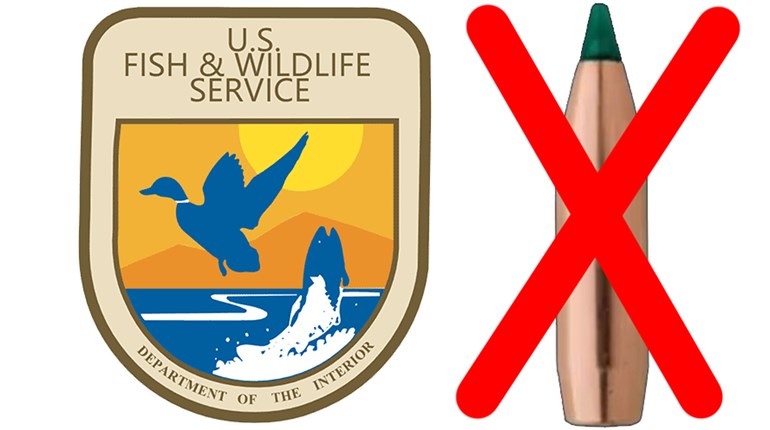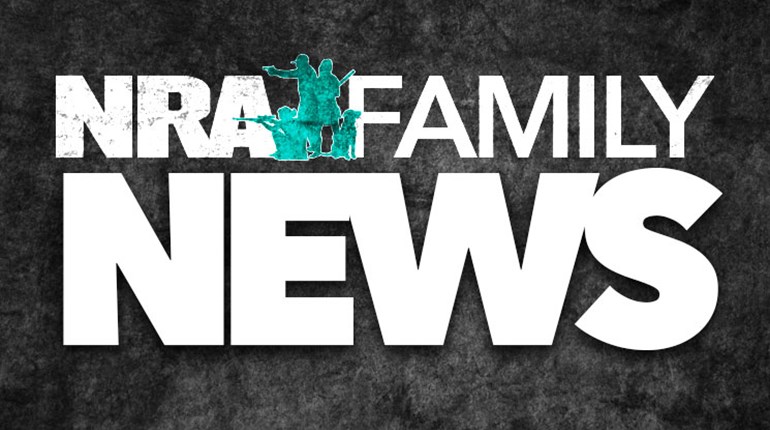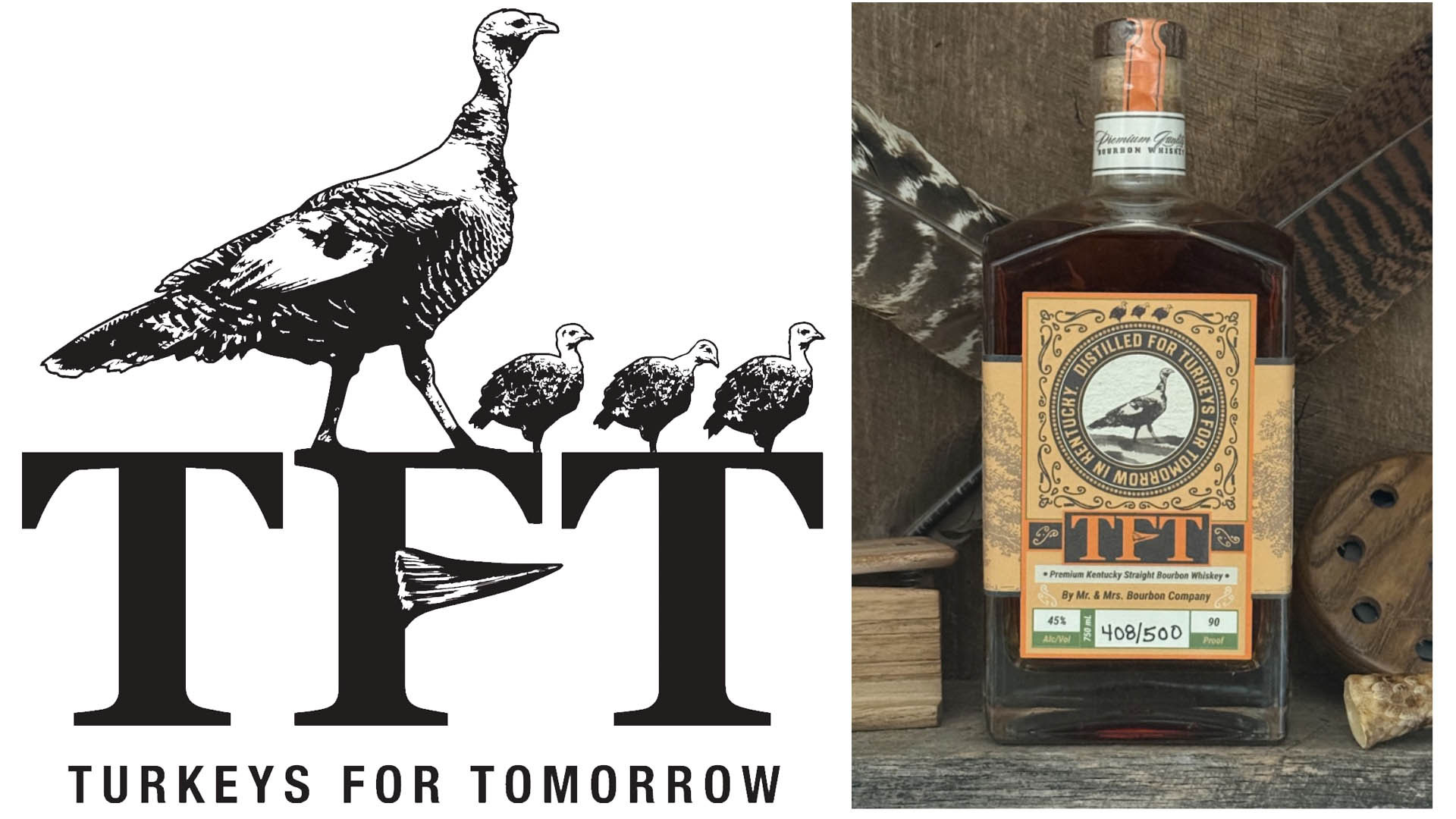
The National Shooting Sports Foundation (NSSF) has condemned the U.S. Fish and Wildlife Service (USFWS) Proposed Rule that would ban lead ammunition on 48 new distinct hunting opportunities across approximately 3,000 acres of National Wildlife Refuges (NWRs).
“This is the latest example of the U.S. Fish and Wildlife Service creating rules that punish hunters, threaten conservation funding and advance special interests without sound scientific evidence that traditional lead ammunition cause is causing detrimental wildlife population impacts,” said Lawrence G. Keane, NSSF senior vice president and general counsel. “This administration is ignoring its promise to ‘follow the science.’ In fact, it is ignoring the need for scientific evidence in order to advance an antigun and anti-hunting agenda. The need for Congress to pass the Protecting Access for Hunters and Anglers Act has never been more urgent.”
New Hunting Opportunities
The USFWS announced three national wildlife refuges are proposing to expand opportunities for hunting. These refuges are Cahaba River National Wildlife Refuge in Alabama, Everglades Headwaters National Wildlife Refuge in Florida and Minnesota Valley National Wildlife Refuge in Minnesota. The proposed rule, appearing in the Federal Register, includes proposals to phase out lead ammunition at eight national wildlife refuges. USFWS claims to follow the best available science yet offers no peer-reviewed site-specific scientific data to demonstrate traditional ammunition is causing detrimental wildlife population impacts.
NSSF urges Congress to quickly pass U.S. Rep. Robert Wittman’s Protecting Access for Hunters and Anglers Act, H.R. 615, which would ensure America’s number one resource of conservation funding remains in place and that hunters, recreational shooters and anglers throughout the nation can continue to enjoy America’s sporting heritage. Excise taxes paid by firearm and ammunition manufacturers have contributed over $16 billion since 1937, or $25 billion when adjusted for inflation, for wildlife and habitat conservation. It is the leading funding source for wildlife restoration. Over $1.6 billion was apportioned to the states for wildlife conservation projects last year, with $1.19 billion of that sourced to excise taxes paid by firearm and ammunition manufacturers. The bill passed the U.S. House Natural Resources Committee on a bipartisan vote earlier this week.
Legal Battle
Rep. Wittman’s legislation, along with U.S. Sen. Steve Daines’ (R-Mont.) companion legislation S. 1185 of the same name, would require the Secretaries of the Interior and Agriculture to provide site-specific peer-reviewed scientific data in cooperation with state agencies that demonstrates traditional lead ammunition or fishing tackle is causing detrimental wildlife population impacts before prohibiting their use by hunters and anglers.
The Final Rule published last year to similarly ban lead ammunition and fishing tackle while opening hunting and fishing opportunities was part of “sue and settle” litigation between the Center for Biological Diversity and the USFWS and was implemented without scientific evidence or consultation of state agencies.
Requiring the use of alternative ammunition would put a significant cost barrier to participation in hunting and fishing on lands. Alternative ammunition is, on average, 25 percent more expensive than traditional lead ammunition and less available. That barrier would “price out” many hunters and anglers and decrease the excise tax funding paid by firearm and ammunition manufacturers they support.
Outdoorsmen can comment on the proposed lead ammunition ban until 8/22/2023, by clicking here.




































